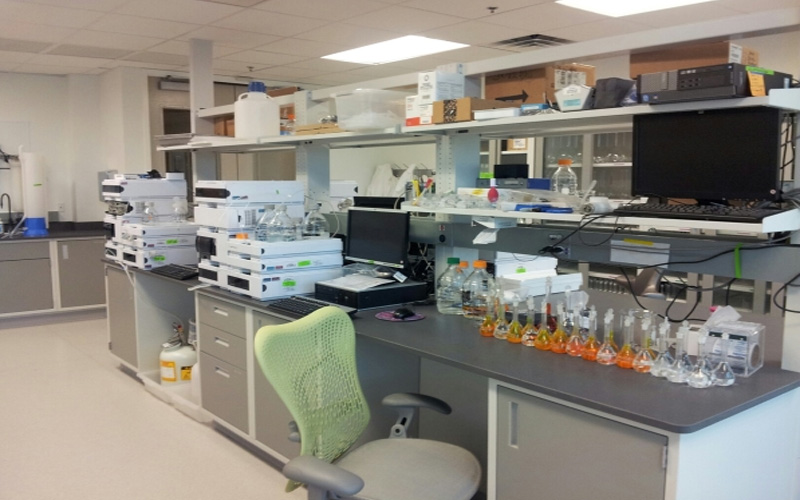
Car air quality inspection span>
To evaluate the benzene ¥ toluene, xylene, ethylbenzene, styrene, aldehyde in the air in the car The concentration requirements of acetaldehyde, acrolein, etc., the vehicle VOC test will place the car in a stard environment, execute the procedure (preparation stage-sealing stage-sampling stage) according to the requirements of the stard. In the sampling stage, the TENAX tube collects benzene series Substances, TD-GCMS analysis; DNPH tube to collect aldehydes ketones, HPLC analysis.
Test stard
HJ/T 400-2007 Sampling determination methods of volatile organic compounds aldehydes ketones in vehicles
GB/T 27630-2011 Guiines for evaluating air quality in passenger cars
Smell test
The odor test is based on human sense of smell comfort, subjectively evaluating the emission of car interior parts All smells can intuitively reflect the pros cons of car interior parts.
Formaldehyde (aldehyde Ketone) test
The aldehyde (aldehyde ketone) test simulates the volatilization of automotive interior parts materials under sunlight. Through the monitoring of volatile gases, the pros cons of automotive interior parts are investigated.
Fog test
The fogging test is to simulate the car interior parts materials under sunlight through the fogging tester. Volatile gases condense on the window or windshield of a car. Monitor the fogging value of glass in different ways to investigate the pros cons of automotive interior parts.
VOC test ( Bag method VOC )
Seal the car interior parts in a Tedlar sampling bag fill it with a quantitative volume of nitrogen. After heating for a period of time at the specified temperature, the TENAX tube collects benzene series substances uses thermal desorption gas mass spectrometry system ( TD-GC/MS ) to analyze; DNPH tube collects ketones uses liquid chromatography System (LC DAD ) analysis.
material VOC test
Material VOC analysis is to take a small amount of automotive interior materials place them in a clean empty glass tube. Attached (TD) heating volatilization, combined with temperament system. GC/MS qualitatively quantitatively analyze the components of volatile substances.
Test stard
|
VDA 278 |
GMW 15034 |
D10 5495 |
|
DPCA D400002 |
DPCA B200003 |
|
Total carbon test TVOC
Total Volatile Organic Reduce the organic substances with a boiling point of 50 ~ 260℃. The total carbon test is to analyze the total amount of volatile organic compounds through a non-polar gas chromatography column to evaluate the quality of parts materials that affect the air quality in the car.
Test stard
|
VDA 277 |
FLTM BZ 157-01 |
PV 3341 |
|
Q/HMA 7052 |
Q/SQR.04.098 |
SMTC 5 400 009 |